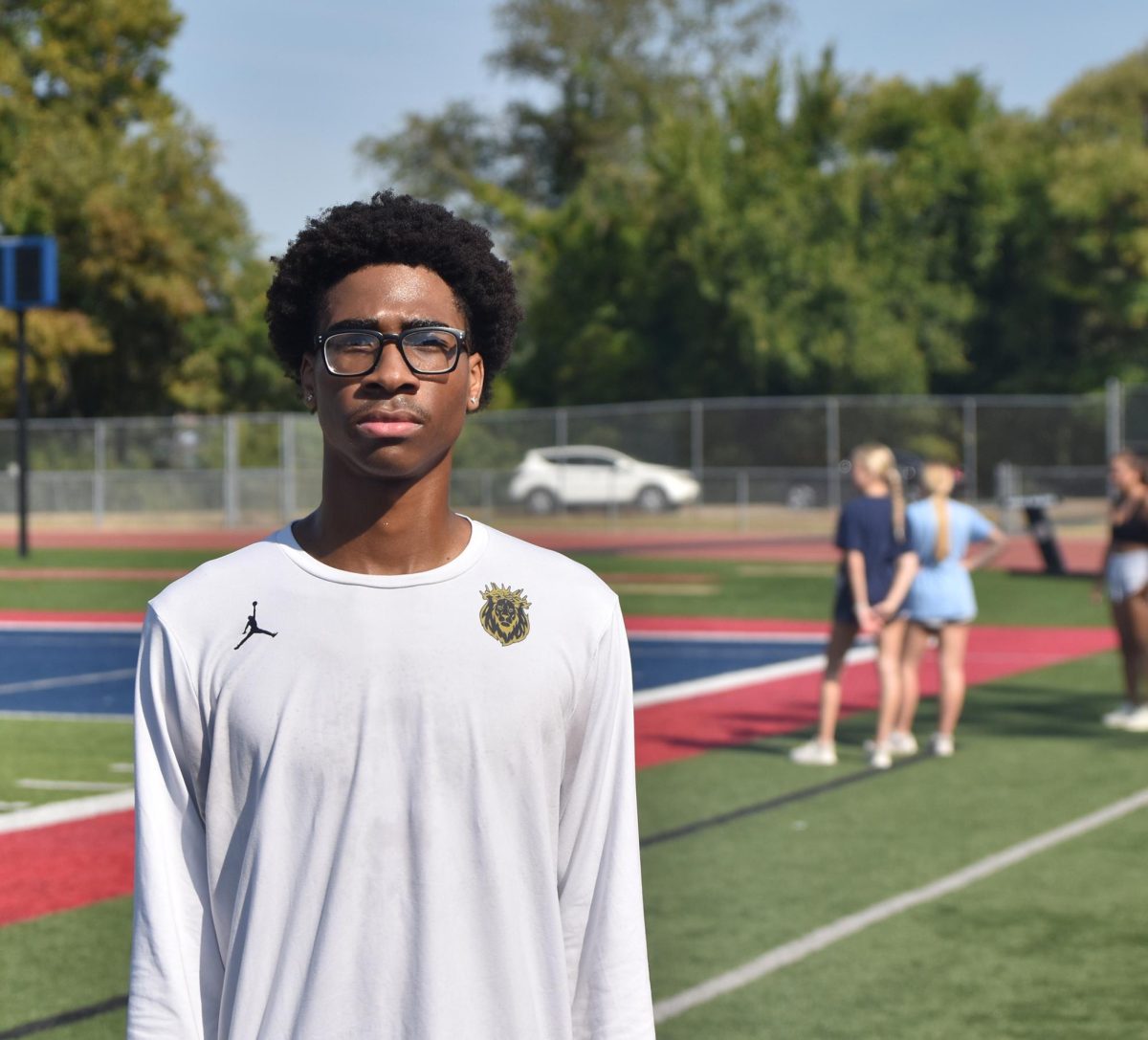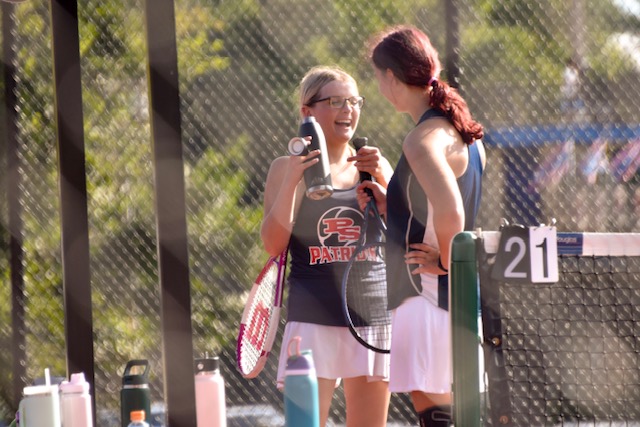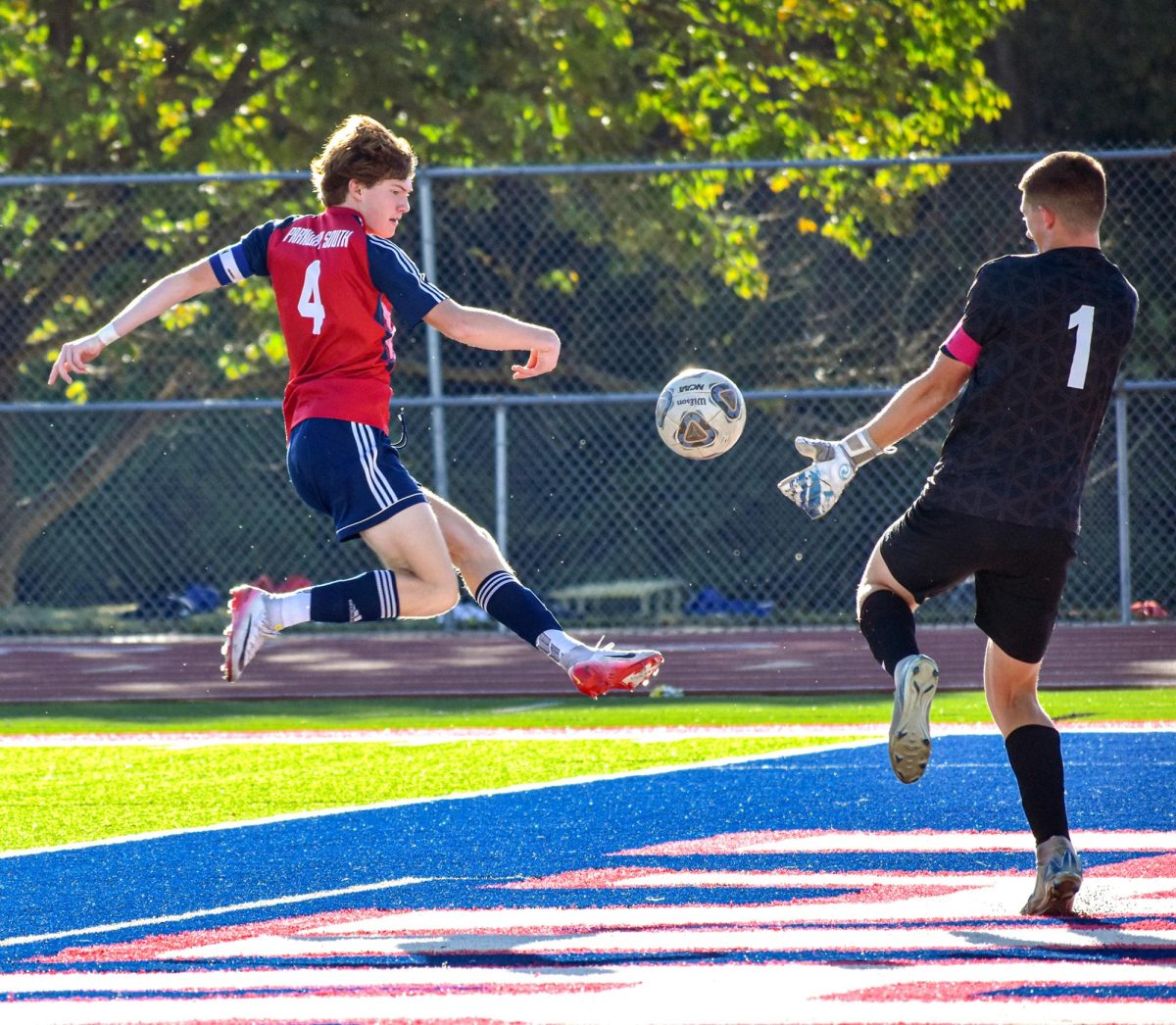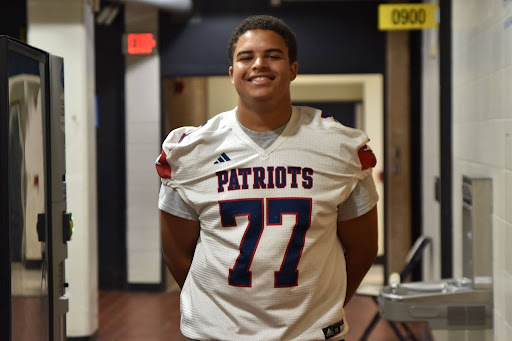“I was kind of a wimp about it, I almost cried, and I couldn’t get out of the chair for about 20 minutes, and I made someone get me Chick-fil-A after it,” senior Chelsea Knie said about giving blood on March 5 at the South High Blood Drive.
Math teacher Anne Erehart was the main teacher in charge of this year’s blood drive. She runs it through the school’s PREPS program. She said South hosts a Blood Drive twice a year. This year senior Chelsea Knie was the student who ran the Blood Drive.
“I have been a sponsor of the service team for probably 6 years and just because I’m passionate about acts of service to the community and giving back so the Blood Drive is something that our school has done for probably 20 years. That was part of my responsibility is becoming sponsors to the students to run the Blood Drive two times a year. However, the student leaders are the ones who run it which has been a great project for us,” Erehart said.
Senior Daria Tsukhai said she was happy that she donated blood this year.
“[I felt] dizzy but it made me feel good that I did something for somebody,” Tsukhai said.
According to the Mayo Clinic, by donating blood you can save up to three lives.
“[Running the Blood Drive] was stressful because I have to get to here really early and set everything up, and Mrs. Earhart leaves me in charge, and whenever someone has a question, she directs them to me, so I have to organize everything, so it can get kind of stressful,” Knie said.
There are many precautions when it comes to before and after donating blood.
“The salty snacks, the sweet snacks, Gatorade, water, and we encourage them to eat,” Knie said.
Adding onto this, the amount of snacks that donors have are used to ensure that those who are donating have enough sugars to prevent them from passing out as explained by Knie.
Science teacher Jennifer Berger explained why she volunteered to donate blood this year.
“Because I know we’re in a blood crisis and we’re really short on blood,” she said.
According to American Red Cross, they have experienced a nearly 7,000-unit shortfall of blood donations meaning that it is very difficult to influence people to donate toward this cause.
Berger said there are certain instances when people will be turned away from donating blood.
“If their hemoglobin levels aren’t high enough, if protein or iron isn’t high enough,” Berger said.
Erehart said this latest blood drive was very successful.
“There was a sense of pride because we filled every spot with people giving blood so it was our biggest blood drive yet with all the amount of blood given was impressive so it was just excitement to know that we were making a difference for others,” Erehart said.


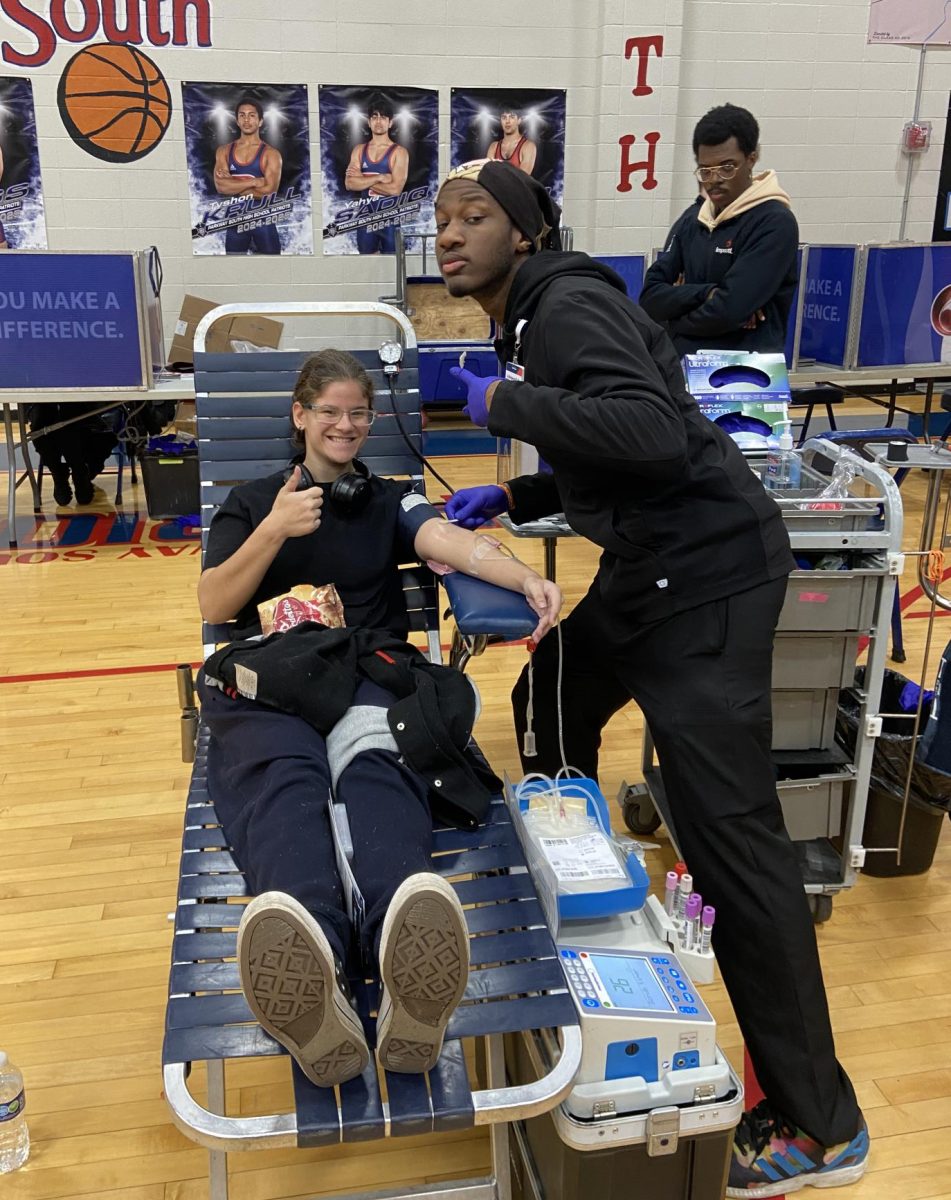
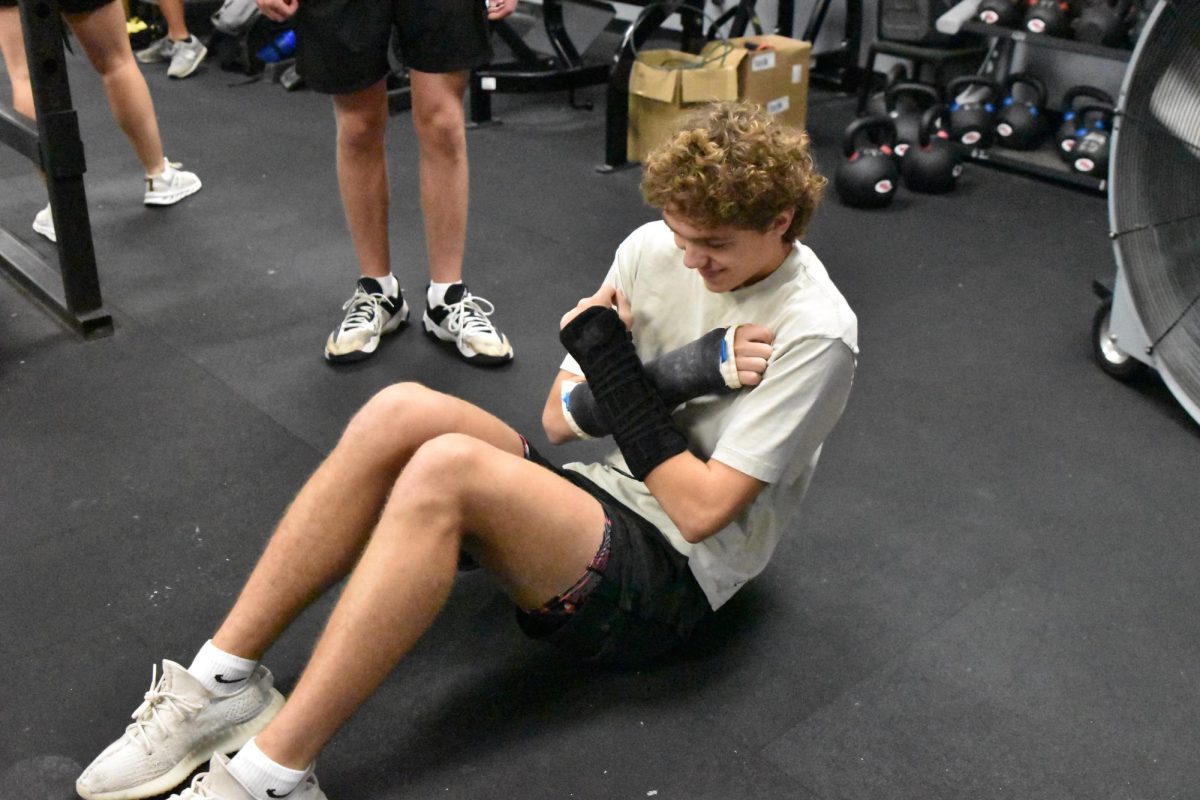

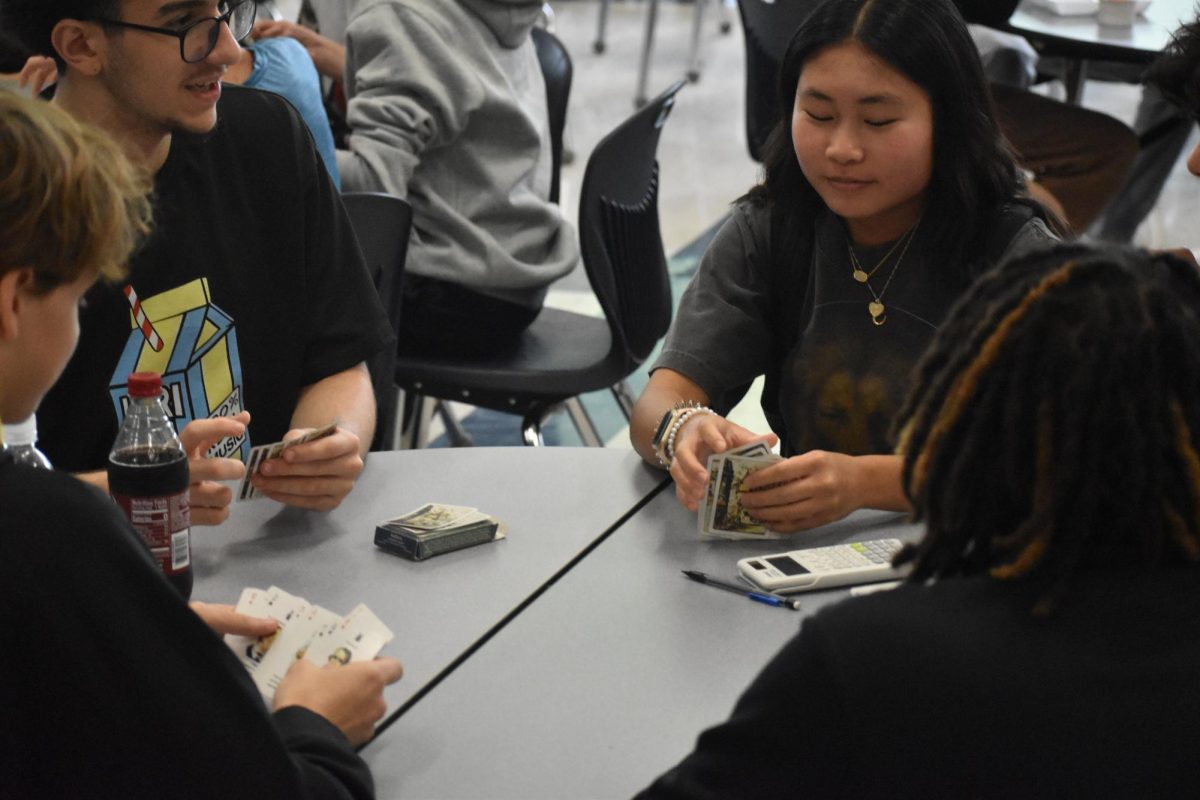
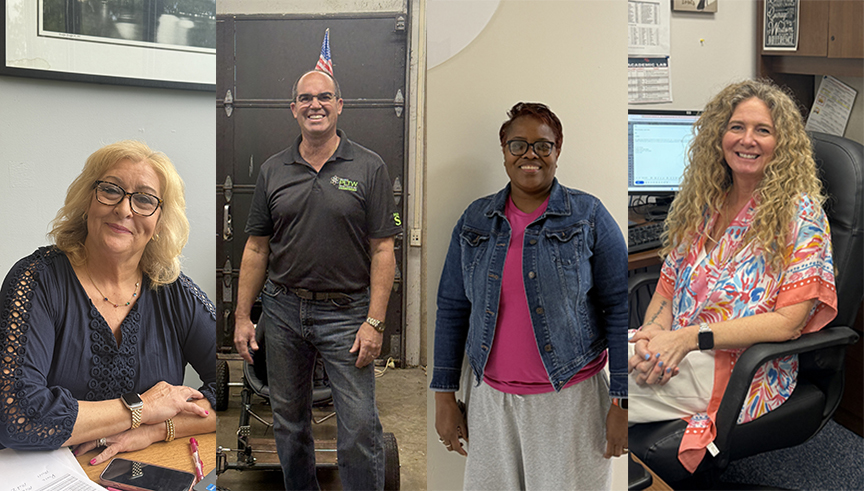
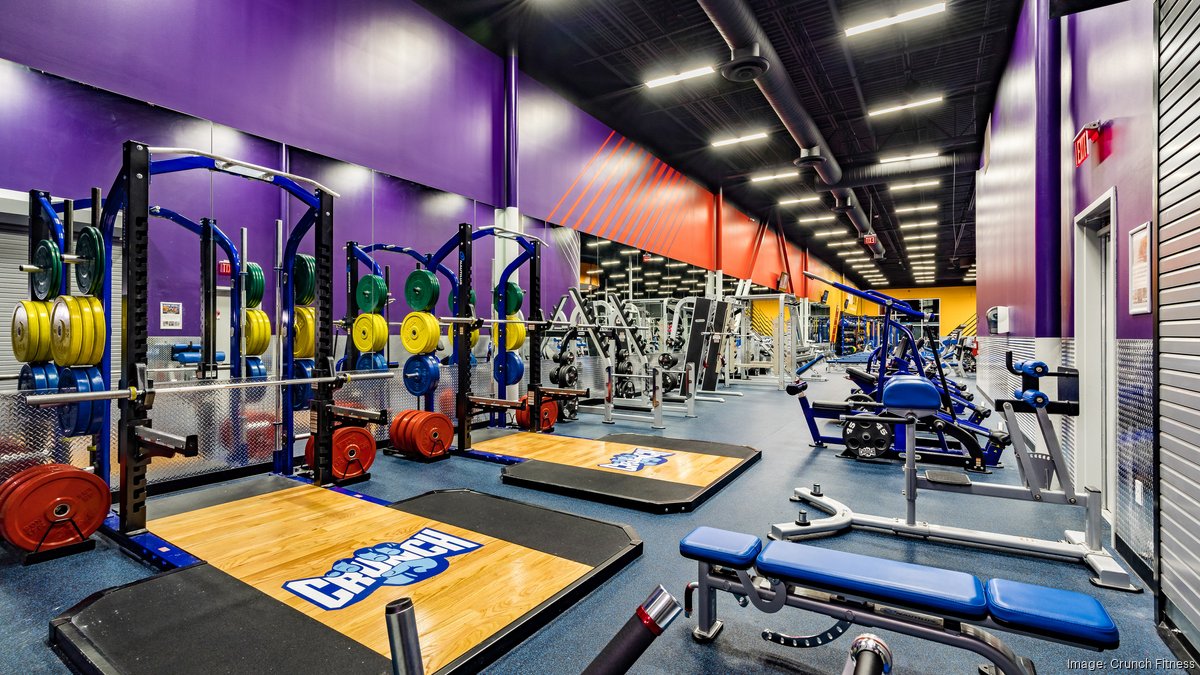

!["I really like to be involved in things, even though I don't have much time to do anything. I try to involve myself in school as much as possible. When I get older I want to join the Air Force, but I have to do a lot of training [in order to do this] and you have to be able to do a lot of conditioning to get in. Managing my time is one of my biggest struggles, but there [are] a lot of things I want to do [so I make time] to do them. My biggest advice for someone who is having trouble managing their time is to pick the things you really love and stick with those things."](https://psouthtreaty.com/wp-content/uploads/2025/10/DSC_5081-843x1200.jpg)
